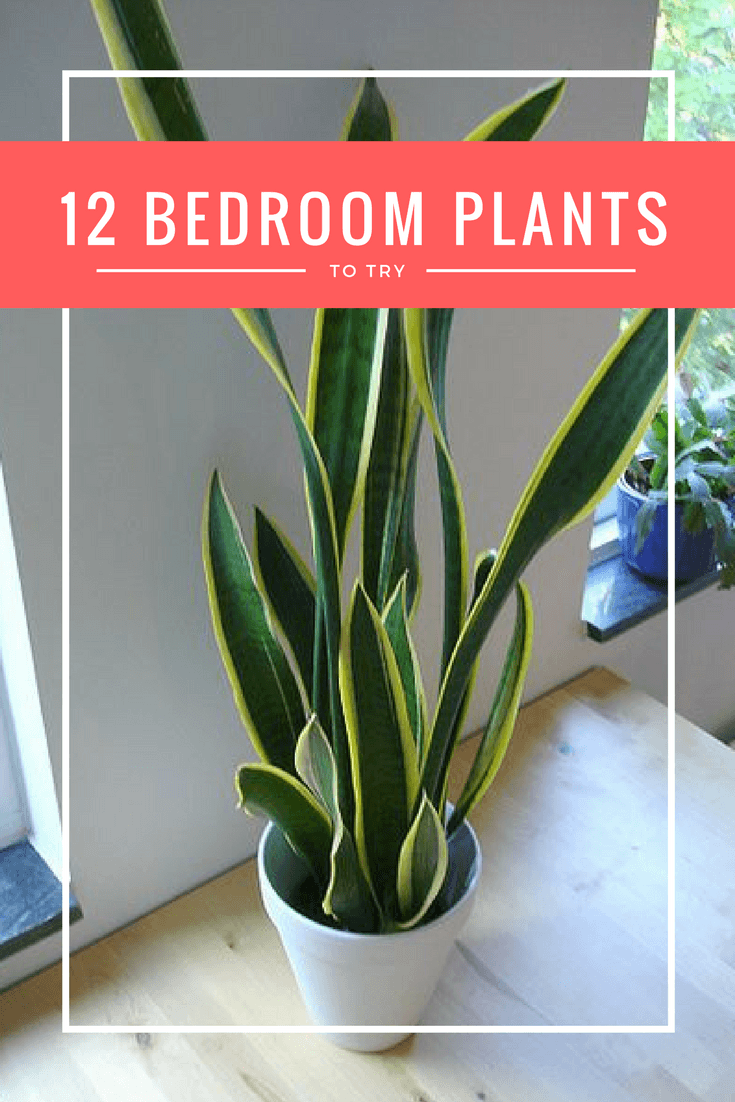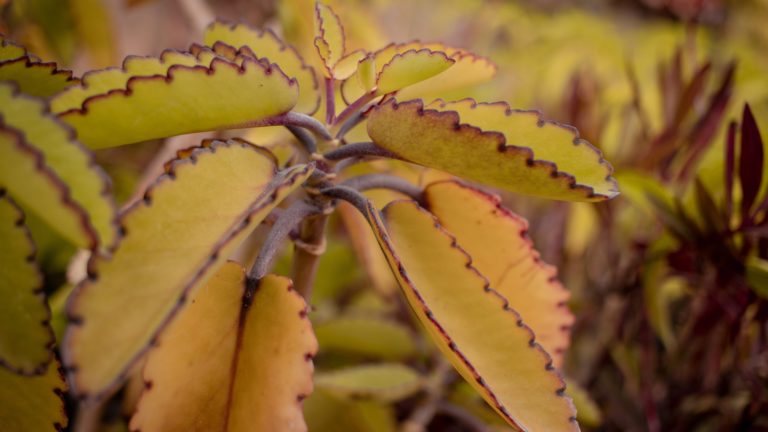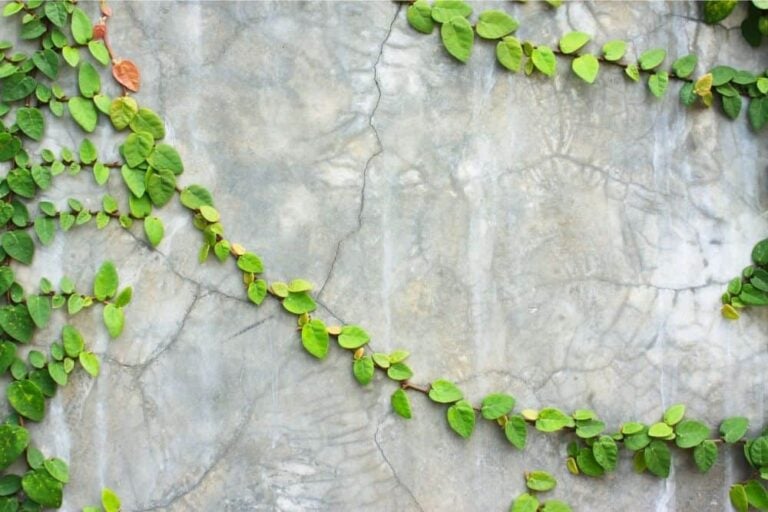How To Grow And Care For A Champa Flower?
Are you excited to grow the Champa flower, which is often considered to be among the most fragrant flowers? This flower is well-known all over the world and possesses a number of desirable qualities.
This post will teach you how to grow and care for the Champa flower.
What Exactly Is The Champa Flower?
Champa Flower, also known as Plumeria, is a beautiful and resilient summer plant. It’s possible to grow it either indoors or outdoors. You have probably already witnessed it. It’s a tough, low-maintenance plant that does not need much care to thrive. To sum up, this plant is a viable option for the busy person.
It is known as Champa in India, Sri Lanka, and Bangladesh. It is ubiquitous in parks, open areas, and road barriers, but many gardeners now also grow it in their own backyards, where it is known variously as the temple tree, Frangipani plant, and lei flower. The plant’s native range includes Mexico, Central America, and South America. It has spread all across the world and is known as the national flower of Laos. Champa is a large, evergreen tree with long, thin petals and fragrant flowers. In Sanskrit, it is also known by the name “Campaka”. The flowers are available in a wide variety of colors, ranging from creamy white to bright orange.
Since the beginning of time, the Champa flower has been an essential component of spiritual devotion in India due to the strong and distinctive aroma it exudes.
The Five Petals of Champa
The five petals of the Champa flower represent “Psychological Perfection,” as well as truthfulness, belief, devotion, ambition, and surrender.
Champa Plants are low-maintenance and may thrive in a range of environments. Due to their extensive canopies, they enhance the scenery and give welcome shade. It’s a deciduous tree with very thin bark. The main stem looks like a sausage and has a drab grey-green color. During the winter, the leaves fall off since the tree is deciduous. As its name suggests, “Psychological Perfection” is represented by the Champa flower, whose five petals stand for truth, faith, devotion, aspiration, and resignation.
Types of Champa Flowers
Champa flowers come in many different types, including the ones listed below.
1. Rubra Plumeria
The height of a fully mature Plumeria Rubra Champa flower may reach up to 25 feet. Spherical clusters of red, pink, and white blossoms are its hallmark. The leaves stand out for their height and sharp tip. This variation is extensively recognized and discussed. This style is perfect for creating a safe and secure outdoor space in front of our house. The growth is quickly expanding, as expected. This is at its most effective when done outside.
2. Plumeria Pudica (Nag Champa)
Plumeria pudica is a species of Plumeria that is native to tropical regions (Mexican Plumeria). The growth of Plumeria Pudica indoors is a viable alternative. It is thought that the leaves resemble the face of the Hindu god Nag, which is where the name “nag Champa” comes from (Snake). This plant might potentially grow to a height of between 6 and 15 feet, according to some estimation.
The leaves of this Champa flower are what set it apart from others. There are a few of its leaves that are rather long. The leaves have the appearance of a spoon, with a large and broad base and narrow, pointed points at the back and the front of the leaf. It is within the range of normal sizes for the category. An unpredictable yet massive outburst of flowering. The fact that this particular kind of Champa flower can maintain its blossoms for up to ten days is one of its many desirable characteristics. The Plumeria Pudica plant has blooms that are white, with a yellow dot in the center of each petal. It is not typical for flowers of this sort to have a strong fragrance. As a direct result of this, its lovely foliage is a contributing factor to its worldwide praise.
3. Obtusa Plumeria
The appearance of oval, spherical leaves that are a gorgeous shade of green is another characteristic that may be used to identify this plant. There is a wide range of height options available for storage, from extremely low to fairly high. Despite its modest rate of growth, it seems to be bushy (dense leaves). This large flower has a sweet fragrance, and its petals are pure white. In the middle, there is a golden dot, and it blooms in clusters. To put it more succinctly, it is the strategy that is most effective for planting on top of a structure.
4. Plumeria Alba
The plumeria bush may reach heights of up to 8 meters, is deciduous, and features elongated, thin leaves as well as huge, fragrant white flowers with a golden center. It can grow to be anywhere between 2 and 8 meters tall.
5. Champaca Magnolias
Large and evergreen, the Son Champa tree belongs to the family Magnoliaceae and is a member of that family. Previously, it was known by the name Michael champaca. This plant is famous for its delightfully fragrant flowers. The trees in Son Champa are beneficial to the artisans who work in the woodworking business.
A Magnolia champaca tree may grow up to a height of 160 feet at its tallest point. It has a potential trunk diameter of 2 meters, which is rather astounding. This particular variety of Champa flower has a bloom that is umbelliform and quite thin. It blooms from June till September with flowers that range in color from white to yellow-orange and have a sweet fragrance.
6. The Pink Champa
They have a delightful fragrance and bloom from spring all the way through October. These lovely plants are usually used in the creation of Hawaiian leis in their natural form.
We have only scratched the surface of what can be learned about the Champa flower and the role it plays in Indian culture; nonetheless, the fundamentals have been addressed.
Qualities of a Champa Flower
- The Champa essential oil may be applied topically as an astringent to treat headaches and stress, and it can also be taken internally as a stimulant to keep the circulatory and nervous systems in peak operating condition.
- There are antioxidants in Champa oil. An infusion of the flower is used in cosmetics.
- Patients suffering from diabetes are given it to treat their condition.
- Fever, diarrhea, skin problems, dropsy, and gonorrhoea are only some of the conditions treated with the bark and other plant components.
- Chamaedrys champagne (Champa) flower is used to treat leprosy and boils.
- Historically, latex has been used to alleviate dental pain. Champa flower has been shown to reduce cramping and pain associated with menstruation.
- The bark was formerly used as a first aid remedy.
- Honeybees, wasps, and other insect stings can be treated with sap.
- Champa’s leaf-wrapped cigarette is effective in treating asthma.
- Champa, a flower native to Central America
How to Maintain and Take Care a Champa Flower
Now we’ll talk about how to properly maintain plumeria plants.
These are the measures that should be followed while caring for any and all plumerias. If they are given the appropriate amount of care, these magnificent tropical plants may be maintained alive for years in pots. When they are planted in ground soil, they have the ability to grow to incredible heights.
· Watering
Plumeria needs a lot of water, thus here are the specifics:
Plumerias have a high water need during their active growing seasons (spring and summer), yet drowning the plant is the surest method to cause it to perish. To determine whether or not the soil needs to be watered, just put one finger approximately one inch deep into the dirt. If the soil is dry, the plant needs to be watered. This will be affected by the temperature and humidity where you reside, as well as by whether or not you keep it in direct sunlight. Depending on the circumstances in the surrounding area, the frequency of watering might range anywhere from once per day to once every other day. If you need to keep your plants in direct sunlight, clay pots are a better option than plastic ones.
· Sunlight
Maintaining it in full light will ensure you get the most beautiful flowers from it. You must expose your Champa flower plant to the sun for at least four to six hours every day. This may need to be taken within during the winter months when it is in a dormant state if you live in a place with a cooler climate.
· Temperature
Champa plants thrive best in climates that are hot and humid. They exhibit some degree of resilience when exposed to high temperatures. They are not able to withstand temperatures below freezing. Therefore, in regions with a colder climate, it is necessary to bring the plants inside.
· Fertilizer
If you need to take better care of your Plumeria, it is imperative that you do so using a potting mix of the highest possible quality since the soil in which it is grown is an essential component of proper care. In the beginning, you’re going to want to work with soil that drains well and rapidly. Make sure that there are no obstructions in the drainage holes of your container, and if there are, remove them using a screwdriver if there are. This plant will do very well in my universal potting mix or in any other soil that is designed for general-purpose container gardening.
It is important to keep in mind that plumerias are heavy feeders; as a result, a fertilizer treatment will almost certainly be necessary in order to induce plumerias to bloom when they are grown in pots. Plumerias grown in containers almost never bloom unless they are kept in water. The best benefits may be achieved by fertilizing the soil once every 15 days to a month, particularly in the spring and the summer. Pruning
· Pruning
Plumeria Frequent pruning is essential in order to achieve remarkable development by branching and, as a result, an increase in the number of blooms produced. The process of pruning needs to be carried out systematically, piece by bit. By removing wasted flowers from a plant’s branches, a method referred to as “deadheading” is performed in order to stimulate more development and flowering of the plant.
· Propagation
They are good for propagation due to the ease with which they may be cut. The fact that these plants produce milky sap is the single most critical fact to bear in mind at all times. When working with milk, use caution because it has the potential to aggravate the skin of some individuals. A callous should be formed at the cut end of the cutting by curing it for two or three days before planting it in the soil. This should be done before planting the cutting. In spite of the fact that there is the potential for a prolonged roots phase, this sets up shop rather quickly.
· Pests and Other Problems with the Champa Plant
They have an excellent defense against the vast majority of illnesses and parasites. They are seldom damaged by unwanted organisms. There are two types of pests that cause harm to green paradise plants: white flies and spider mites. The plants can be treated with a pesticide or a solution made of mild soap and water. There is also the possibility of using a neem oil solution.
The Bottom Line
There is a wide selection of Champa flower types, and each one has its own unique character. Champa flowers may be utilised in a variety of different ways. It is a stunning plant with exquisite flowers that have the ability to capture the attention of anybody.



